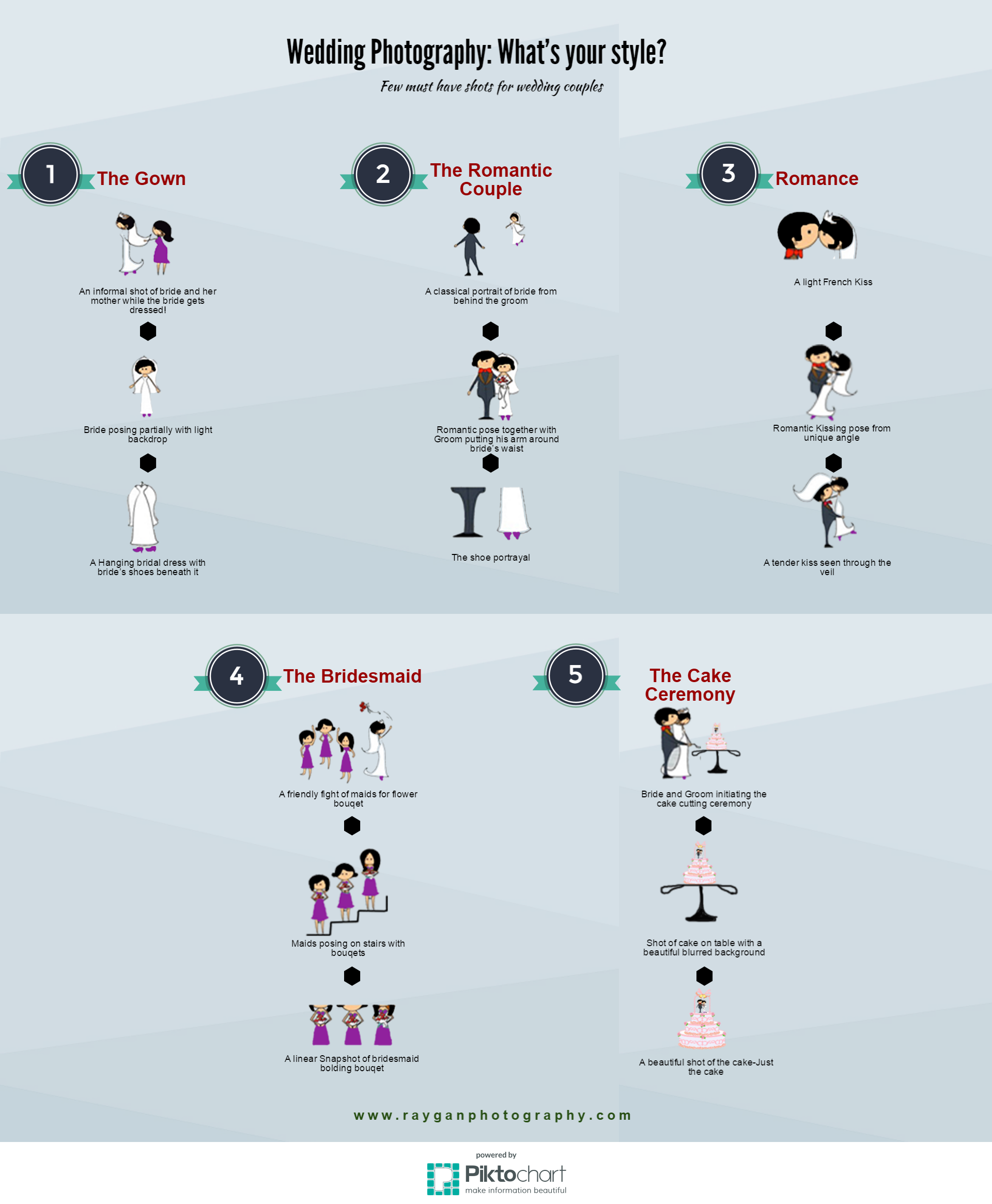Digital Photography Tips For Beginners: Mastering Your Cam In No Time At All
Digital Photography Tips For Beginners: Mastering Your Cam In No Time At All
Blog Article
Article Developed By-Barrett Didriksen
When you first grab your cam, it can feel frustrating with all the settings and alternatives available. You could find yourself wondering exactly how to browse aperture, shutter rate, and ISO effectively. Mastering these basics is crucial, yet there's more to photography than simply technical knowledge. Understanding composition techniques and lighting conditions can boost your photos drastically. So, what if Related Site could find out straightforward techniques to boost your skills and begin catching excellent images earlier than you think? Allow's explore how to change your digital photography trip.
Comprehending Electronic Camera Setups
Recognizing your electronic camera settings is critical for capturing spectacular pictures. When you grab your camera, familiarize yourself with the 3 primary setups: aperture, shutter rate, and ISO. Each plays a vital function in how your images end up.
Start with aperture, which regulates the amount of light entering the lens. A broader aperture (lower f-number) lets in a lot more light and develops a stunning history blur, best for portraits. On the other hand, a narrower aperture (higher f-number) maintains even more of the scene in focus, suitable for landscapes.
Next off, concentrate on shutter speed. This setup identifies how much time your electronic camera's sensor is revealed to light. A fast shutter speed freezes motion, which is wonderful for action shots, while a slow shutter rate can produce stunning effects like smooth water in landscapes.
Lastly, adjust your ISO. This setup impacts your electronic camera's level of sensitivity to light. A greater ISO works in low-light scenarios however can present noise or grain. Aim for the lowest ISO feasible while still attaining proper exposure.
Composition Methods
When you're out shooting, composition can make all the difference in how your photos reverberate with audiences. Start by utilizing the guideline of thirds; visualize your frame split into nine equal sections with 2 straight and 2 upright lines. Placement crucial elements along these lines or at their junctions to create balance and passion.
Next, think about leading lines. These all-natural lines in your scene, like roads or rivers, attract the audience's eye right into the photo, leading them through the story you're informing.
Don't forget mounting; usage elements within your scene, like trees or windows, to develop a structure around your subject, adding deepness and focus.
Also, watch on just click the next document . A messy background can distract from your major topic, while an easy one aids it stand out.
Personal branding but not least, experiment with proportion and patterns; they can develop a striking photo that records focus.
Learning Lights Issues
Grasping lights conditions is essential for capturing sensational pictures, as the right light can transform an ordinary scene into something amazing.
Begin by observing all-natural light at various times of the day. Mornings and late afternoons provide the best light, referred to as the golden hour. The soft, cozy tones throughout these times can boost your images magnificently.
Don't avoid overcast days either; diffused light can lessen extreme shadows and create a pleasing result, particularly for portraits.
Experiment with backlighting by placing your subject against the source of light. This method can create a dreamy halo impact and add deepness to your images.
Take notice of your camera settings too. Change the ISO, aperture, and shutter rate to suit the lighting conditions. A greater ISO can assist in low light, but beware of grain.
Make use of a tripod in darker atmospheres to stay clear of blur.
Last but not least, don't neglect fabricated lights. Flash and constant lights can be terrific devices for regulating light in tough problems.
Final thought
Finally, grasping your electronic camera doesn't need to be overwhelming. By understanding your settings, using make-up techniques, and using the power of natural light, you'll swiftly raise your digital photography abilities. Bear in mind, practice makes perfect, so get out there and trying out your newly found expertise. With time and dedication, you'll be recording sensational photos that mirror your special perspective. Enjoy the journey, and don't forget to have a good time while you go to it!
